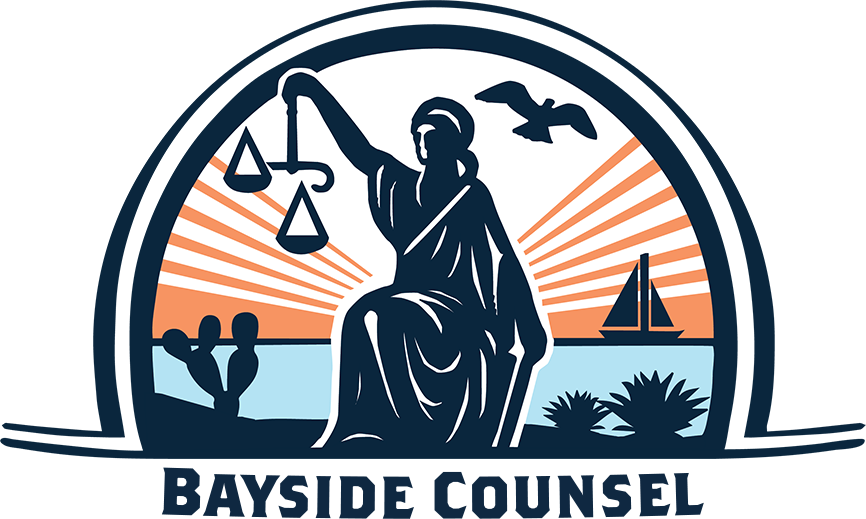When launching a new business or product, one of the most crucial decisions is choosing a brand name. However, many entrepreneurs don’t realize the legal implications and potential pitfalls involved until it’s too late. Clearing and protecting your trademark from the start can save you from costly headaches down the road.
Is Your Brand Available?
Before investing significant resources into branding, marketing, and launching under a new name, the first step is to conduct a comprehensive trademark search. You’ll want to ensure the name you’ve selected is truly available for use and registration. I’ve seen companies spend immense time, money, and effort building out a brand, only to discover another party already laid claim to that trademark. Not only can this derail your entire branding strategy, costing you time and money, but it opens you up to legal liability for trademark infringement.
Is Your Brand Protectable?
Assuming your desired name is available, the next consideration is what level of trademark protection it may qualify for based on the distinctive nature of the mark itself. Trademark strength and registrability falls into five categories, from strongest to weakest:
- Fanciful Marks – These are made-up, coined words with no dictionary meaning, like “Kodak.” These offer the highest level of trademark protection since they are inherently distinctive.
- Arbitrary Marks – Real words with no logical connection to the products/services offered, like “Apple” for computers. Because the word is unrelated to the goods/services, arbitrary marks are considered highly distinctive and strong trademarks.
- Suggestive Marks – These require some mental effort to associate the term with the products/services. The name “suggests” a connection but doesn’t directly describe it. Consider Microsoft, which is a portmanteau of “microcomputer” and “software”. It suggests something computer related, but doesn’t directly describe the products or services. While not as strong as fanciful or arbitrary, suggestive marks can still receive solid trademark protection.
- Descriptive Marks – Terms that merely describe a feature, function, quality, ingredient, or characteristic of the products/services. For example, a yoga studio called “Yoga Workouts.” Descriptive marks are quite weak and difficult to protect when first used, as they are not inherently distinctive. In order to obtain registration of these marks (certainly on the primary trademark register) you will have to prove that your goods or services are so prevalent so as to create a strong association with your goods or services in the minds of consumers (known as acquiring “secondary meaning”).
- Generic Terms – These are the common names for the products/services themselves, like “printer,” “computer,” or “bandage.” Since they refer to the general product category, generic terms cannot be trademarked under any circumstances.
As the descriptions illustrate, fanciful or arbitrary marks hold the most legal strength and protectability right out of the gate. Descriptive marks, on the other hand, are only registrable once the product/service has acquired enough marketplace recognition for the name to be distinctly associated with your specific brand (secondary meaning). I’ve witnessed firsthand how challenging it can be to establish this for purely descriptive marks.
Consult with an Attorney
Before pouring capital into naming, branding, and marketing a new product line or business, it’s absolutely essential to clear the trademark availability and evaluate the legal strength of the proposed mark. By conducting professional trademark screening and consulting with an attorney early on, you can avoid investing heavily into an unmarketable brand or inadvertently infringing on someone else’s trademark rights. Contact Bayside Counsel today for a free consultation on your proposed mark and get your new brand on the right track from day one.
